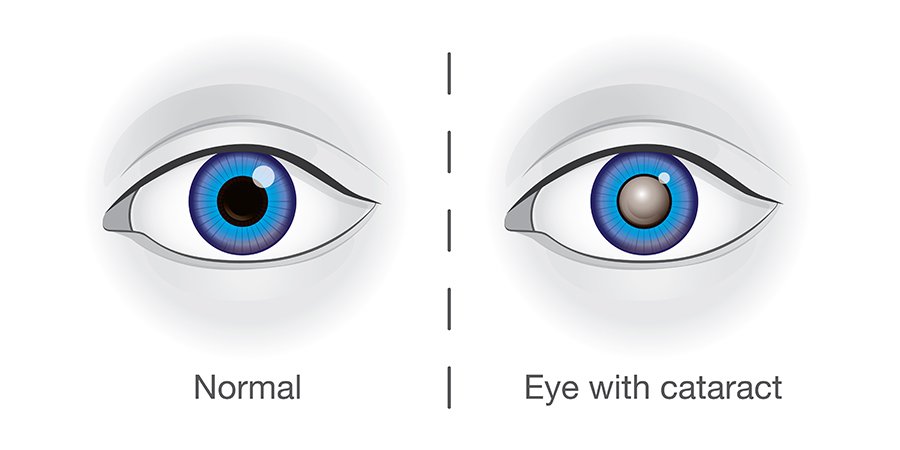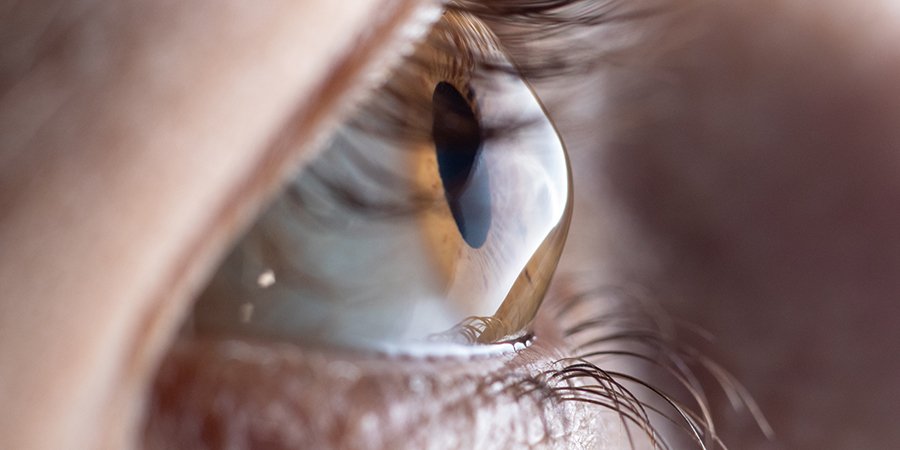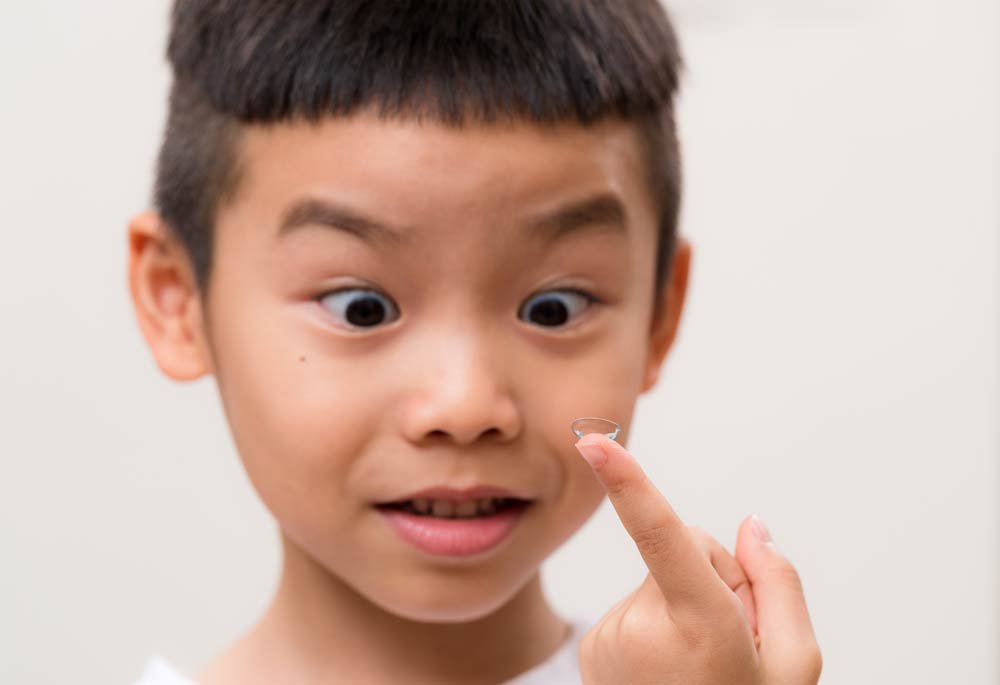Eye Disease Diagnosis & Treatment
Drs. Douglas and Leisner diagnose, treat, manage and co-manage a range of eye conditions, including:
Cataracts
A cataract is a cloudy or opaque area in the normally clear lens of the eye that can interfere with your vision. Symptoms of cataracts include: blurred or hazy vision, difficulty distinguishing between certain colors, seeing multiple images, and sensitivity to glare, particularly when driving at night. Our doctors can evaluate your eyes to determine if you have a cataract and monitor it appropriately.
Children’s Eye Exams
A child's eyes go through rapid changes, especially in the first six years of life. Much of early development and learning is visual and school vision screenings can miss up to 75% of children with vision problems.
The American Optometric Association recommends:
children should have a baseline eye exam at 6 around months
a comprehensive eye exam between the ages of 3 and 5 years between the ages of 3 and
to check for any conditions that could have long-term effects, at the start of school, and then at least every 2 years following.an annual, comprehensive eye exam before first grade
Diabetic Retinopathy
Diabetic retinopathy is a complication of diabetes. It is a progressive condition, that develops in stages over time and is caused by damage to the blood vessels in the tissue at the back of the eye (retina). Poorly controlled blood sugar is a risk factor for diabetic retinopathy. Early symptoms include floaters, blurriness, dark areas of vision, and difficulty perceiving colors. Blindness can occur. Mild cases are treated with careful diabetes management. Advanced cases may require procedures like laser treatment or surgery.
Dry Eye
Dry eye disease is a common condition that occurs when tears aren't able to provide adequate lubrication for your eyes. Dry eye occur when there are problems with the production (amount) or consistency (composition) of your tears. Often, dry eye is part of the natural aging process but can also be caused by eyelid problems, medications, dry climate, wind, dust or general health problems like arthritis or hormonal changes. Dye is is twice as common in women than men. If you have dry eyes, your eyes may sting or burn. You may experience dry eyes in certain situations, such as on an airplane, in an air-conditioned room, while riding a bike or after looking at a computer screen for a few hours. Treatments for dry eyes can include lifestyle changes and eyedrops.
Floaters & Flashes
These spots can appear as specks of various shapes and sizes, threadlike strands or cobwebs. Because they are in your eyes, they move as your eyes move and seem to dart away when you try to look at them directly. Floaters and spots usually don’t affect vision. If accompanied by flashes or a sudden occurrence—this may be a more serious problem like Retinal Detachment and require an immediate eye examination. If you are in doubt, call us.
Glaucoma
Glaucoma is a is a group of eye conditions that damages your eye’s optic nerve. Many forms of glaucoma have no warning signs. Vision loss due to glaucoma can't be reversed, so it's important to have regular eye exams that measure your eye pressure. If glaucoma is recognized early, vision loss can be slowed or prevented. People with a family history of glaucoma, African Americans, and those who are very nearsighted or diabetic are at a higher risk of developing the disease. Glaucoma is one of the leading causes of blindness in the U.S.
We use state-of-the-art equipment to diagnose and treat glaucoma including visual field testing and optical coherence tomography. The tomographer is a non-invasive imaging machine that provides a cross-section view of the retina, allowing our doctors to precisely measure retinal tissue.
Keratoconus
Keratoconus is an eye disease that affects the structure of the cornea. Your cornea is the clear, dome-shaped window at the front of your eye that focuses light into your eye. With keratoconus, the cornea thins out and bulges like a cone, causing blurry and distorted vision and making daily tasks like reading or driving difficult.
Macular Degeneration
Age-related macular degeneration (AMD) is a progressive eye disease that can cause vision loss. Macular Degeneration results from changes to a portion of the retina (the macula) resulting in symptoms that include: a gradual loss of ability to see objects clearly, distorted vision, a gradual loss of color vision or a loss of central vision that causes a dark or empty area. AMD is the leading cause of vision loss in people 50 years or older in the US. Our office has state-of-the-art imaging devices to help diagnose and treat AMD.
Myopia Management
Myopia management consists of different treatment programs to slow down or halt the progression of myopia. Our office offers both Orktho-K and MiSight contacts which have both been shown to significantly slow the progression of myopia in children and teenagers. Ortho-K (Corneal Refractive Therapy) is also use by adults for daytime vision correction without the use of contacts of glasses.
The optomap ultra-widefield retinal image is a unique technology that captures more than 80% of your retina in a single image.










